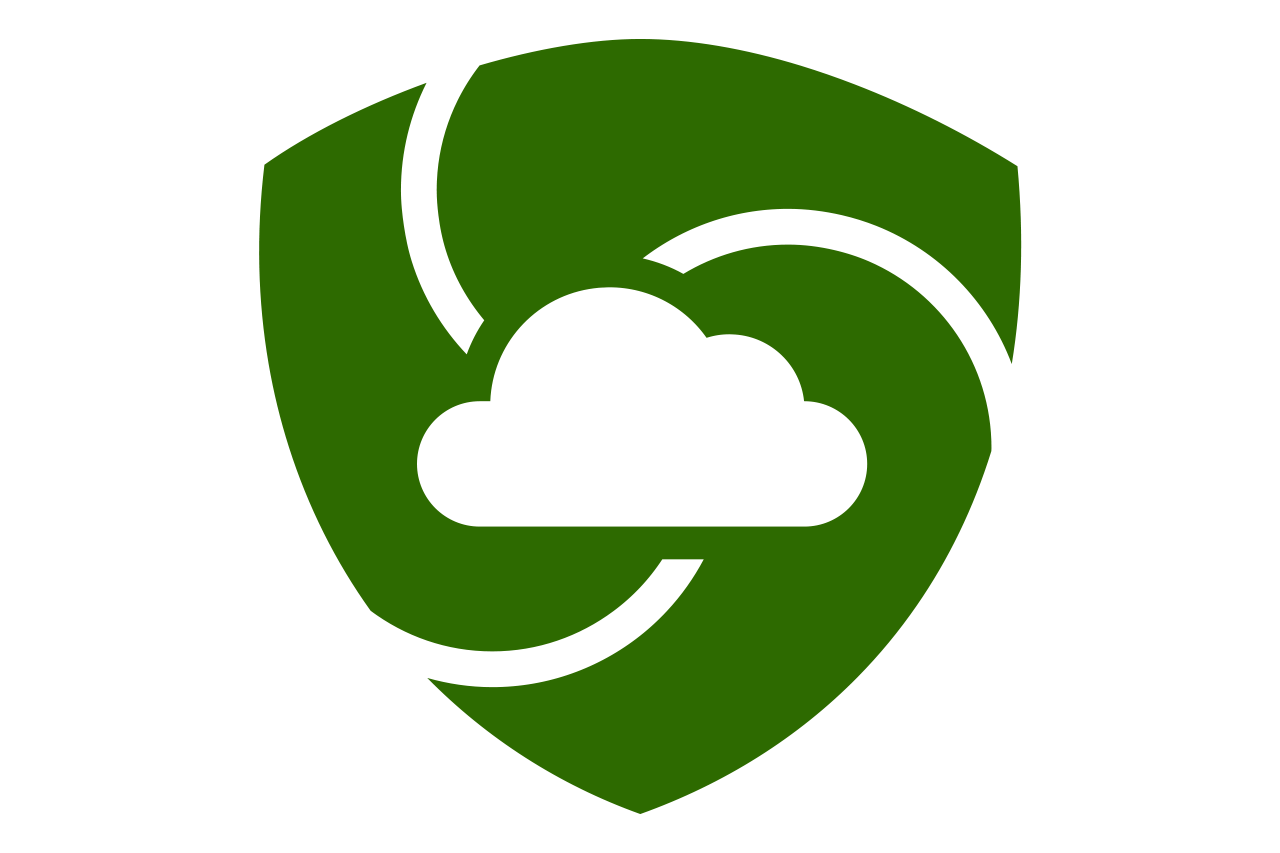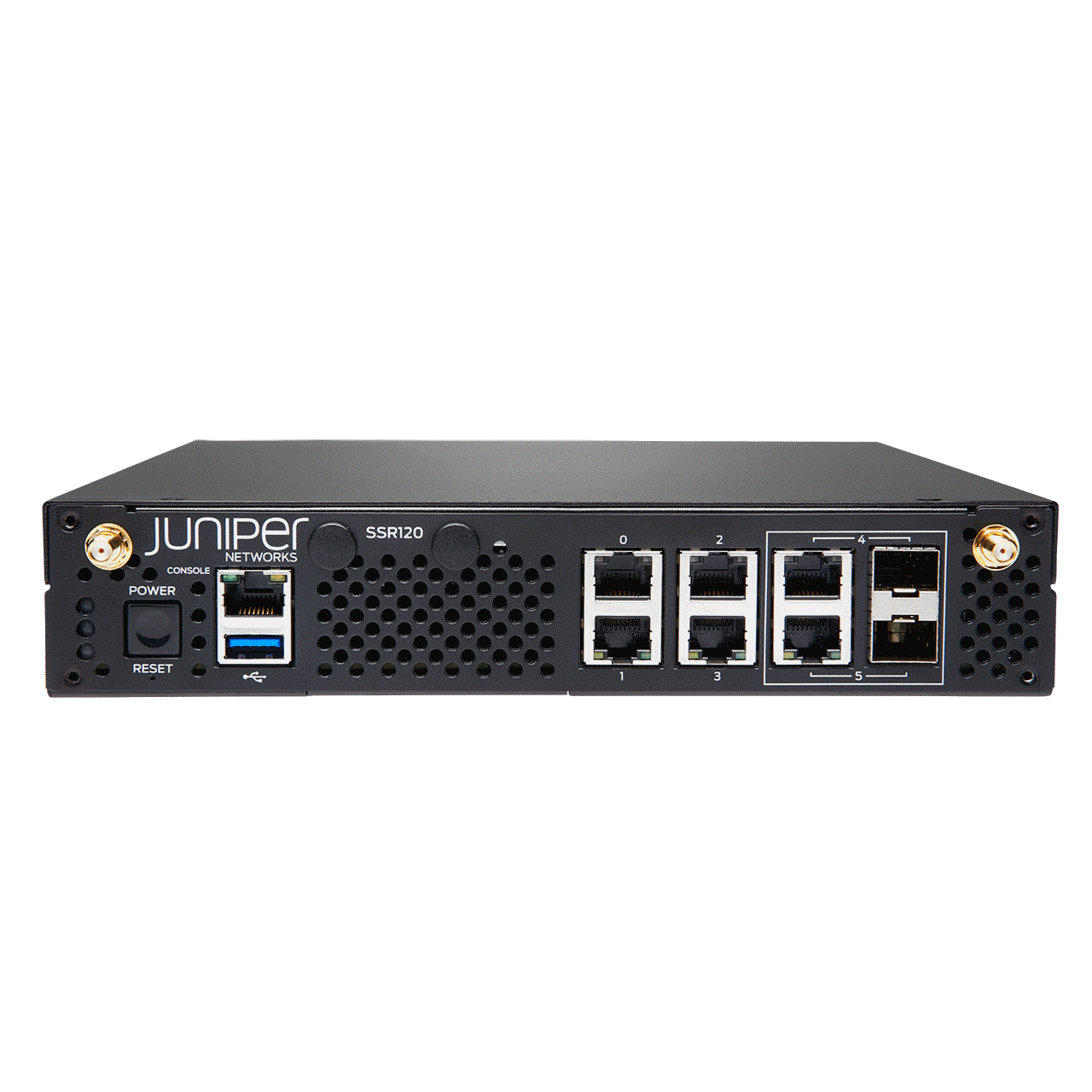Solutions & Technologies
SASE(Secure Access Service Edge)
Juniper SASE(Secure Access Service Edge) 아키텍처는 사용자가 어디에 있든지 상관없이 효과적인 보안으로 네트워크 연결 상태에 상관없이 직원들의 보안을 안전하게 유지해 줍니다. AI에 최적화된 이러한 경험은 네트워크 연결만 보장하는 것이 아니라 안전하고 효과적인 네트워크 작동을 의미합니다. Juniper SASE 를 통해 어디의 어떤 애플리케이션에 대해서든 항상 제로 트러스트 액세스를 제공함으로써 위치에 상관없이 사용자와 디바이스에 안전한 보안과 연결을 보장하면서 모든 연결을 최적화할 수 있습니다.
현재 기술 수준이 어떻든지 주니퍼는 기존에 보유하고 계신 환경을 활용하여 비용이나 운영팀 업무에 대한 부담 없이도 제로 트러스트 이니셔티브를 클라우드 제공 아키텍처로 확장하여 원하시는 수준으로 이끌어 드립니다.
주니퍼는 네트워크와 보안 모두에 대한 경험을 최적화하기 위해 클라우드의 장점을 활용하는 풀스택 SSE(Security Service Edge) 및 SD-WAN 기능을 제공합니다.
주니퍼 솔루션의 강점

균일화된 가시성 및 정책 관리
분산된 인력을 보호할 경우 클라우드 제공 보안 요소만으로 충분하지 않습니다. 클라이언트에서 워크로드까지 놀라운 가시성, 보안 보증 및 단일 정책 프레임워크는 SASE 롤아웃을 통해 현재 투자를 활용하고 쉽고 효율적으로 보호 기능을 수행할 수 있도록 지원하는 가장 중요한 도구입니다. 주니퍼를 사용하면 이동하는 어디서나 사용자, 디바이스 및 애플리케이션을 따르는 균일화된 정책 관리 기능을 통해 사내 및 클라우드의 모든 곳에서 보안 기능을 관리할 수 있습니다.

어디서든 안전한 사용자 액세스 보장
데이터를 안전하게 보호하고 사용자가 어디에 있든지 항상 일관되고 안전한 액세스를 제공할 수 있습니다. 주니퍼를 통해 업계에서 트래픽 확인에 가장 효과적임이 증명된 효과적인 위협 방지 서비스를 활용하여 위험을 줄일 수 있으며, 어디에서나 웹, SaaS 및 온프레미스 애플리케이션에 대한 안전한 액세스를 보장합니다.

네트워크 최적화를 위해 네트워크 지원
신뢰할 수 있고 명확한 네트워크 연결을 보장하기 위해 AI의 힘을 활용하세요. 주니퍼 AI 기반 SD WAN을 통해 사용자 경험을 개선하고 문제를 쉽게 해결하기 위해 사용자가 네트워크 팀의 비밀 무기인 AI를 연결 및 활용하도록 유지할 수 있습니다.
관련 솔루션
AI 기반 SD-WAN
Juniper Mist AI™를 기반으로 하는 주니퍼 SD-WAN은 탁월한 사업자 및 최종 사용자 네트워크 경험을 지원합니다. 이 제품은 Juniper Session Smart™ Routing 및 Juniper Mist WAN Assurance에 기반하여 네트워크 운영을 간소화하고 클라이언트에서 클라우드에 이르기까지 비즈니스와 네트워크를 보호합니다.
고객 성공 사례
네트워크를 자동화하여 고객이 인력의 민첩성을 향상하도록 지원하는 Beeline
컨설턴트, 프리랜서, 독립계약자 및 기타 비직원은 전 세계 인력의 큰 부분을 차지합니다. 광범위한 인력 관리 소프트웨어 분야의 선두업체인 Beeline은 기업이 이러한 유형의 인재를 확보하고 파견 근로자에 대한 가시성 및 관리를 향상하도록 돕습니다.
유연한 근무를 원하는 기업과 사람이 늘어나면서 주니퍼의 민첩하고 자동화된 위협 인식 네트워크는 Beeline의 AI 기반 SaaS 플랫폼 및 글로벌 비즈니스 운영에 큰 도움이 되고 있습니다.

리소스 센터
관련 자료
지원
eGuide
리소스 가이드
교육 및 커뮤니티
배경 정보
업계 인정
자세히 보기
블로그
팟캐스트
SASE FAQ
SASE란 무엇일까요?
SASE는 "보안 액세스 서비스 에지"의 약자이며 "세시"로 발음합니다. 2019년 Gartner가 만든 이 용어는 최신 사이버 보안 아키텍처를 나타냅니다. SASE는 보안 서비스를 사용자에게 더 가까이 제공하고, 위험 수준에 따라 적절한 수준의 액세스를 제공하는 데 초점을 맞추고 있습니다.
SASE는 보안과 통합된 네트워킹의 표본입니다. 사용자의 위치에 상관없이 공격으로부터 뛰어난 보호를 제공하며, 사용자가 어디에 있든간에 기업 위치로 트래픽을 백홀할 필요 없이 일관된 적용을 보장합니다. 이 프로세스는 사용자에게 투명하며, 보다 안전한 환경을 제공합니다.
SASE로 해결할 수 있는 문제가 무엇인가요?
많은 조직이 분산 사이트, 원격 사용자, 수많은 어플라이언스 등으로 인해 복잡한 네트워크 인프라를 갖추고 있습니다. 이러한 요소의 운영 복잡성 때문에 SecOps 팀에 상당한 수준의 관리 및 유지 보수 관련 문제가 발생하게 됩니다.
다수의 보안 제어는 저마다의 구성 프로세스 및 상호 운용성을 갖춘 자체 보안 관리 시스템을 사용합니다. 이러한 상황은 종종 가시성의 허점을 야기하며, 이는 리스크를 늘리고 IT 팀에게 과도한 부담을 줄 수 있습니다. 뿐만 아니라, 네트워크 트래픽과 애플리케이션 다양성의 변동에 따라 지연 시간을 최소화하는 동시에 사용 급증에 대응하기 위해 추가 리소스가 필요하기 마련입니다.
대부분의 IT 팀은 트래픽 증가와 사이버 공격의 예상 빈도에 대비하는 데 많은 시간과 비용을 투자하고 있습니다. 접근성과 보안성 사이에서 어려운 선택을 해야 하는 상황에 처하는 경우가 많습니다. 이는 기존 아키텍처들이 트래픽을 중앙화된 네트워크 허브로 백홀해 보안 검사를 실시한 다음 원하는 애플리케이션 또는 서비스로 라우팅하기 때문입니다. 이 프로세스는 매우 안전하지만 성능과 예산에 부정적인 영향을 미칩니다. 추가 용량이 필요한 경우에는 이 단점이 더욱 부각됨은 물론입니다.
이와 반대로 SASE 아키텍처는 트래픽을 검사하고 사용자의 위치 근처에 있는 지점에서 서비스를 액세스할 수 있도록 합니다. 최대 수요를 수용하기 위해 추가 리소스를 탄력적으로 추가할 수 있으며, 수요가 감소하면 축소가 가능합니다. 트래픽 백홀을 제거함으로써 기업은 더 이상 보안과 액세스 사이에서 선택할 필요가 없고, 덕분에 원활하고 비교적 안전한 최종 사용자 경험을 제공할 수 있게 됩니다.
SASE는 어떻게 "위협 인식" 네트워크를 생성합니까?
SASE는 네트워킹 및 보안 솔루션을 모두 하나의 응집형 서비스로 제공하여 조직의 네트워크 및 보안 관리 문제를 해결합니다. IT 팀은 데이터 센터 게이트웨이, 또는 물리적인 네트워크 영역에 구속받으며 활동을 하는 대신 네트워크의 모든 연결 지점을 사용하여 감시, 자동화 및 악의적 활동에 대응할 수 있습니다.
이러한 기능은 네트워크가 위협을 인식할 수 있도록 지원합니다. 이는 위협을 탐지하고 네트워크에 지분을 확보하지 못하도록 막는 것을 의미합니다. 결과적으로 사용자 ID, 애플리케이션 및 인프라 보호가 보다 용이해집니다.
SASE는 퍼블릭 클라우드 시대를 위한 위협 인식 네트워크를 제공하며, 궁극적으로 보안을 개선하면서 복잡성을 줄이고 관리를 간소화해야 합니다. 보안 관리를 용이하게 만듦으로써 네트워크 운영 가능성을 강화합니다.
SASE의 이점은 무엇인가요?
SASE가 단일 제품이 아니라는 점을 이해하는 것이 중요합니다. 네트워킹 및 보안 기술이 구현되는 방식에서 아키텍처의 변화입니다. SASE 아키텍처는 다음과 같은 이점을 통해 오늘날의 기업 네트워크를 발전시키는 데 도움이 됩니다.
- 보안 개선: 악의적인 공격자는 네트워크를 공격하는 데 필요한 모든 수단을 사용하므로 네트워크 전체에 일관된 보안 정책 및 서비스를 갖추어 어디에 있든 사용자, 인프라 및 애플리케이션을 보호하는 것이 중요합니다. SASE는 구축이 용이하고 분산된 연결 지점을 활용하여 보안 정책을 적용함은 물론, 더 강력한 엔드투엔드 보안을 위해 위협 차단을 수행하는 보안 정책을 적용합니다.
- 보다 우수한 운영 민첩성: 네트워크 전반의 가시성은 애플리케이션 및 네트워크 상태를 신속하게 진단하고 잠재적으로 악의적인 활동을 식별하는 데 필수입니다. 복잡성을 줄이면 기존의 자원은 더 많은 작업을 하고 더 멀리 내다볼 수 있습니다. 네트워크와 보안 기능의 자연스러운 통합은 시스템 관리자에게 확고한 단일 초점을 제공합니다. 정책 일관성은 구성 오류를 줄이고 전반적인 보안 효율성을 향상합니다.
- 사용 편의성 증대: 역사적으로, 조직은 방화벽이 있는 여러 계층의 방어와 주요 "주요 지점"를 통해 라우팅 트래픽을 처리해야 했습니다. 또한 관리해야 할 다른 컨트롤이 많이 있습니다. 반면 SASE의 경우 클라이언트 디바이스에서 클라우드로의 직접 연결에 중점을 둡니다.
Gartner, 네트워크 방화벽을 위한 중요한 기능, 2023년 5월 16일, Adam Hils, Rajpreet Kaur, Thomas Lintemuth
Gartner 및 매직쿼드런트는 Gartner, Inc. 및/또는 미국 및 다른 국가에 소재한 그 계열사의 등록 상표이며, 본 문서에서는 허가 하에 사용되었습니다. All rights reserved.
Gartner®, Magic Quadrant 및 Peer Insights™는 Gartner, Inc. 및/또는 해당 계열사의 상표입니다. All rights reserved. Gartner Peer Insights 콘텐츠는 경험에 기반한 개별 최종 사용자의 의견을 담고 있으며, 사실 진술로 간주되어서는 안 됩니다. 또한 Gartner 또는 그 계열사의 관점을 대표하지 않습니다. Gartner는 이 콘텐츠에 설명된 어떠한 벤더, 제품, 서비스도 보증하지 않으며, 이 콘텐츠와 관련하여 상품성 또는 특정 목적에 대한 적합성을 비롯해 어떠한 명시적 또는 묵시적 보증도 제공하지 않습니다.
Gartner는 연구 간행물에 소개된 특정한 벤더, 제품 또는 서비스를 추천하지 않으며, 기술 사용자들에게 최고 등급 또는 기타 등급으로 지정된 벤더만을 선택하도록 권고하지도 않습니다. Gartner 연구 간행물은 해당 연구 및 자문 조직의 의견을 담고 있으며 사실에 대한 진술로 해석해서는 안 됩니다. Gartner는 본 연구와 관련해 상품화 또는 특정 목적에 대한 적합성을 비롯한 모든 명시적, 묵시적 보증을 부인합니다.




















